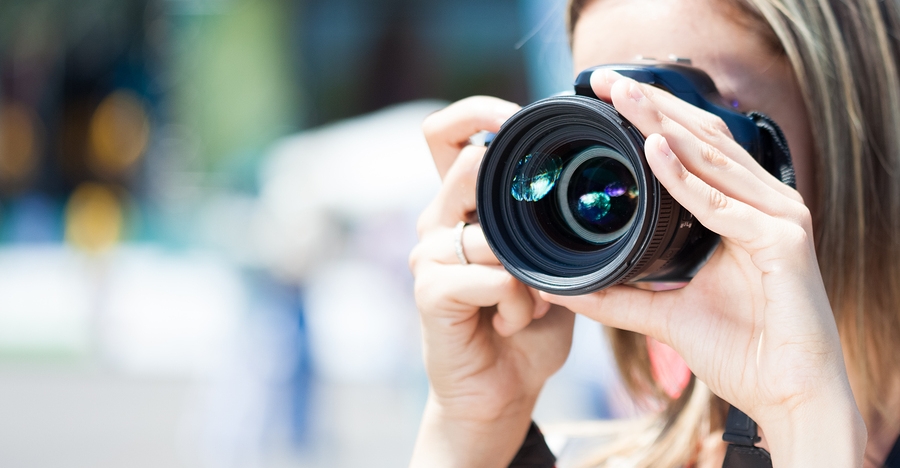Sean Tucker is a professional photographer and a filmmaker.
In this article over at PetaPixel he’s giving us tips on some of the most important features of a great photograph. You only need to make very small changes to turn a good photo into an excellent one – paying attention to your lighting and the composition of the image will make a huge difference.
Teach yourself to recognize good light
The single biggest tip I can give you is ‘learn to recognize and appreciate good light’, then capturing it becomes the easy part. Is the light coming in through the trees in a beautiful way? What is the color of the light? Is it bouncing off a reflective surface and doing something interesting? Is it creating unique shadows? If you can learn to see good light you are halfway to becoming a good photographer.
Look at something from a different angle
We are used to viewing things from 5-6 feet off the ground but you may discover a unique shot if you can find a way to get above your subject, or shoot it from below somehow. Perhaps you can get right up close, or shoot it from an interesting angle. Remember to think outside the box and experiment with where you place the camera to give us a fresh vantage point on a familiar subject.
Don’t neglect your background
You may be out shooting a particular person or thing, but your subject will only make up a portion of your frame. Ask yourself what you are filling the rest of the frame with. By rotating around your subject a bit you will totally change the background they are set against in the composition. How bright or dark is the background? What is the dominant color of the background? Does it serve to separate them and highlight what’s going on, or does your subject get lost against the scene behind them? If your background isn’t working, notice it, and shift position. You have a subject, now move and frame them to place them in the scene.
Wait for the decisive moment
This is where all the tips above come together in a moment. Many times people will put the camera to their eye to take one picture. For example, Mom wants to snap a picture of her kids playing in a stream. She lifts the camera, clicks, and thinks ‘job done’. But what if you watch a little longer, adjust your position, look at what the light is doing, observe how your subjects are moving, and wait for the moment something magical happens? This is the difference between simply taking a picture or actually making a picture.
Read the full article with even more tips over at PetaPixel.
Source: PetaPixel

